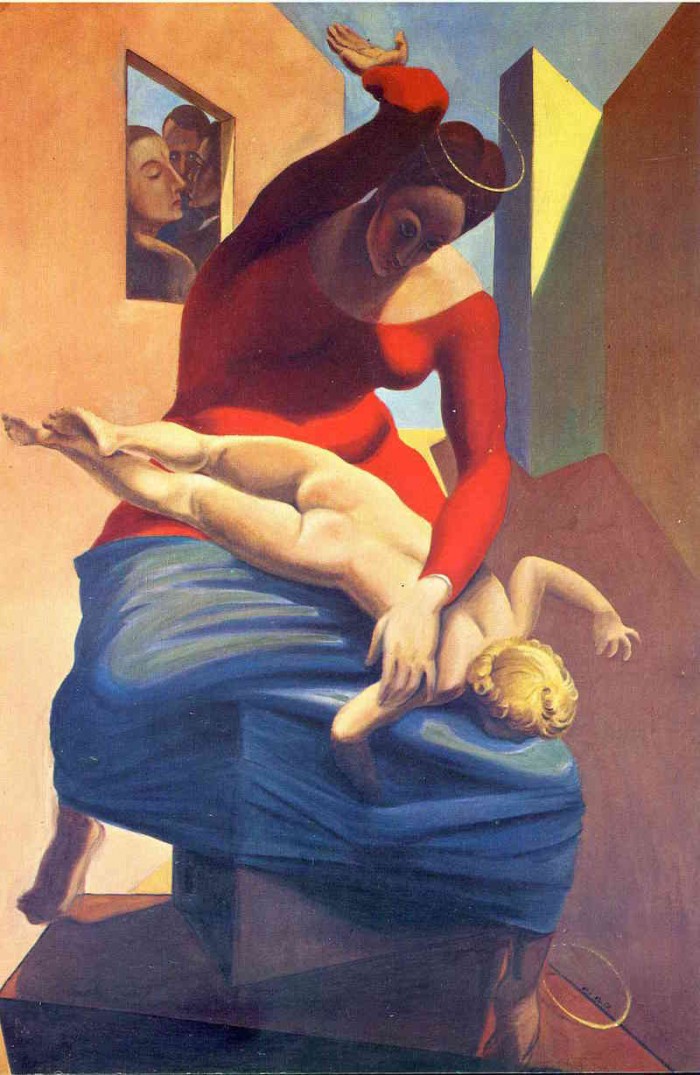Max Ernst
Episode #6 of the course “Great surrealist painters of all time”
A founder of the Dada and Surrealist movements, Max Ernst was born in 1891 in Germany. After serving in World War I, he became deeply disillusioned with the conventions of society and the way in which people expressed themselves through art. Through his own art, Ernst encouraged his fellow artists to push the boundaries of expression. He insisted that art does not have to have meaning. Ernst even pushed boundaries in his own art and life. Once, he and Jean Arp caused a scandal by staging a Dada art show in a public restroom.
 Celebes
Celebes
Influenced by Sigmund Freud’s theories of the unconscious and dream symbolism, Ernst created and published art that created new meanings. Undergoing psychoanalysis helped Ernst reach deep into his personal experiences and trauma to bring forth the raw emotion, which he tried to put into art form. In 1921 his painting Celebes attracted attention with its expression of free-association thinking and fantastical mingling of the real and the imaginary.
 The Temptation of St. Anthony
The Temptation of St. Anthony
Ernst experimented with alternate painting methods such as pencil rubbings of wood grain, leaves, or other materials, or decalcomania, which transfers paint from one surface to another by pressing them together. His highly-detailed, colorful images are shocking to the senses, and viewers often react viscerally. Ernst’s The Temptation of St. Anthony still attracts attention for its dark imagery and intricate details.
 The Virgin Spanking the Christ Child before Three Witnesses- Andre Breton, Paul Eluard, and the Painter
The Virgin Spanking the Christ Child before Three Witnesses- Andre Breton, Paul Eluard, and the Painter
After World War II, he and his wife settled in Paris, where Ernst’s art became less experimental. He focused on sculpture and perfected his technique in more traditional painting methods. Ernst continued to influence the Abstract Expressionists who gained popularity after him until his death in 1976.
Share with friends

